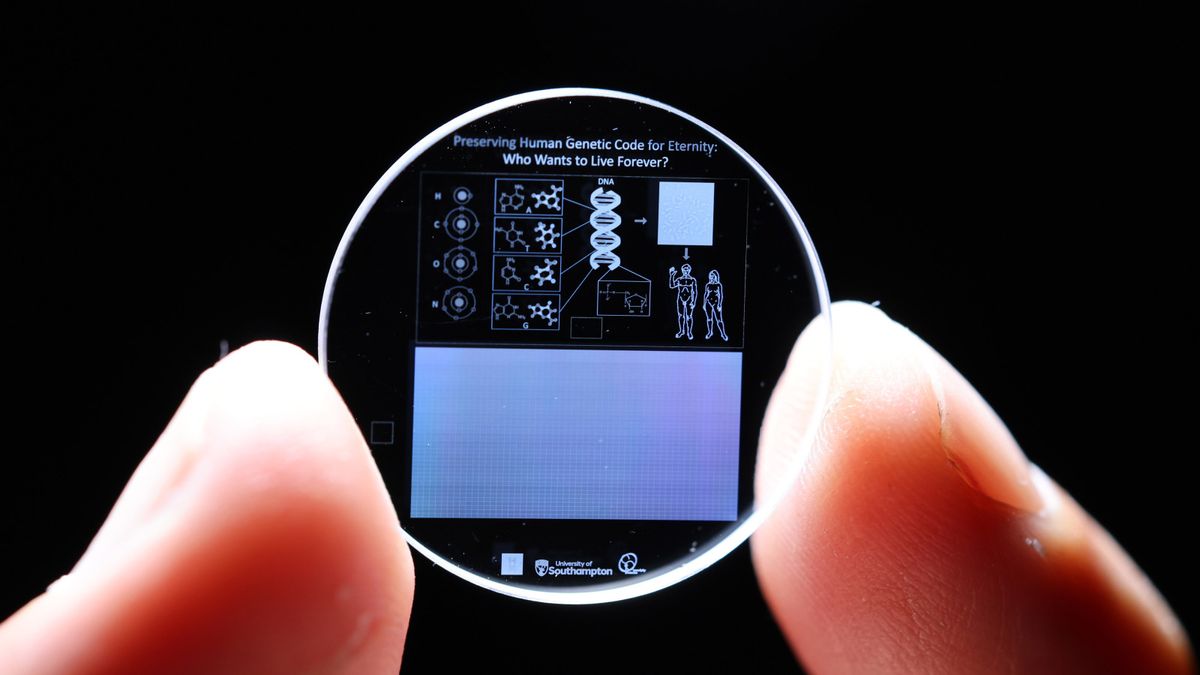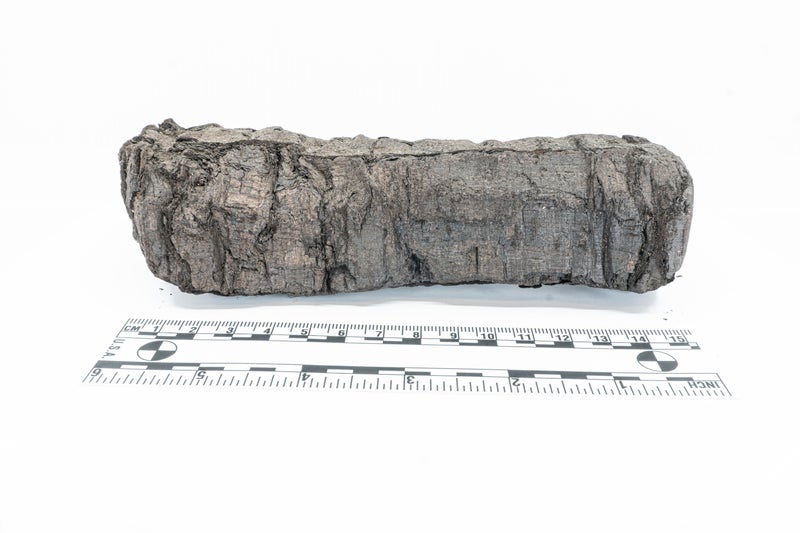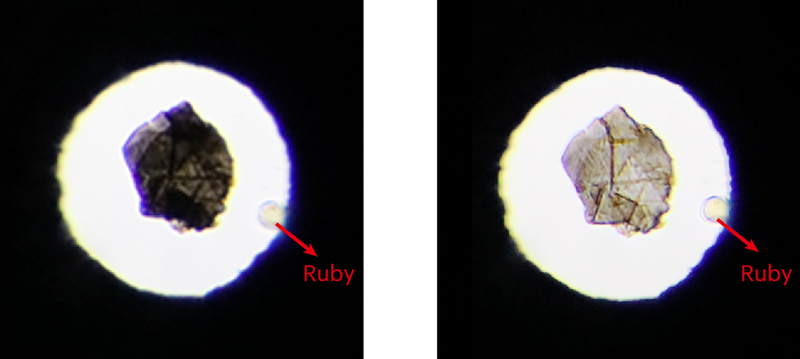In 2016, progress was made in data storage development as scientists at the University of Southampton successfully developed a 5D memory crystal capable of storing up to 360 terabytes (TB) of data, with a shelf life of nearly 14 billion years.
The 5D memory crystal developed by the University of Southampton's Optoelectronics Research Centre (ORC) is a unique data storage medium that uses five dimensions to encode information.
With ultra-fast lasers, the team writes data into nanostructured voids within the silica material, creating a highly durable and stable form of memory storage.
Thus, the preservation of genomes using 5D memory crystals could one day play a critical role in reviving extinct species (such as us) in the distant future.
Although it is currently not possible to synthetically recreate humans, plants, or animals from genetic data, there has been some progress in synthetic biology.






























